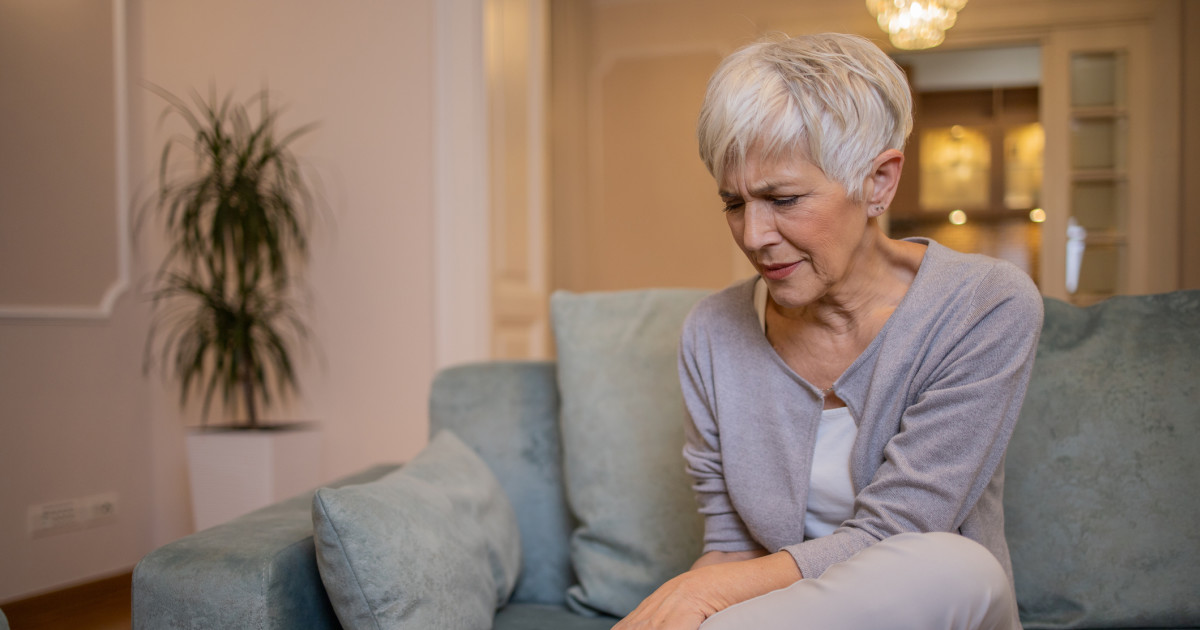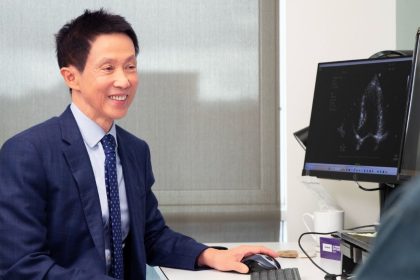The decade of your 50s is pivotal for maintaining bone health. As individuals age past 50, the rate of bone breakdown exceeds bone formation, leading to accelerated bone loss. However, this natural decline does not spell disaster for bone health; with proactive measures, issues can often be mitigated.
Incorporating specific workouts is crucial for staving off both muscle and bone loss as you age. Among various exercises, one particularly recommended movement by experts, especially endocrinologists, stands out for its significant benefits to bone health. Here’s what you need to understand about exercise for bones in this age group.
- Is Exercise Beneficial for Bone Health?
It’s an unequivocal yes. Regardless of your preferred way to stay active, you are positively influencing your body. However, when it comes to maintaining muscle mass and robust bones, prioritizing resistance training is key. Dr. Janet Rubin, MD, an endocrinologist and professor at the University of North Carolina School of Medicine, emphasizes this point:“All exercise is good and the more you do it, the better it is for your bones—and for longevity! Since my patients tend to be postmenopausal women, and therefore in a time of their lives when they are losing muscle along with bone, I strongly encourage adding resistance training to their exercise regimens. So many people walk, do yoga and garden—it’s not enough! To retain, and even gain, muscle is really beneficial for bone health.”
- What Factors Influence Bone Health?
While diet and exercise are paramount, several other factors also affect bone health. According to the Cleveland Clinic, these include:- Age
- Genetics and family history of osteoporosis
- Size of your skeletal frame
- Previous bone injuries, including fractures and breaks
- Malnutrition or inadequate calcium intake
- Hormonal imbalances
- Thyroid issues
- Smoking and substance abuse
- Certain medications
- Why is Resistance Training Important?
Research indicates that resistance training is essential for preserving bone density. Experts recommend strength training at least three times a week, as it places beneficial stress on bones, encouraging them to grow stronger. Dr. Amber Wheeler, MD, another endocrinologist, highlights:“As adults age, they tend to lose muscle strength, which places them at increased risk of falls and fractures.”
She clarifies that resistance training can involve various methods, including free weights, body weight exercises, or resistance bands. Additionally, activities such as pickleball, dancing, and tai chi can enhance balance and control—crucial as one ages.
- What Exercise is Best for Bone Health?
Among the various types of exercise, Dr. Rubin points to the plank as particularly beneficial for bone health, emphasizing its simplicity and minimal requirement for equipment. As she notes:“It’s simple and can be done even with spine osteoporosis.”
For those who find standard planks challenging, a wall plank is a feasible alternative. Here’s how to perform a plank correctly:
- Start on all fours, positioning your hands directly beneath your shoulders.
- Flat palms on the floor, rise up to your toes, forming a straight line from head to heels.
- Hold this position for as long as manageable; aim for 15 to 30 seconds at first and gradually extend the time up to a minute or more.
- To ease the move, rest your knees on the floor; to increase difficulty, sway your hips side to side while maintaining the plank.
Dr. Rubin also advocates for squats, as they not only strengthen spine and lower body bones but also mimic the functional movement of rising from a seated position.
- What Exercises Should Be Avoided?
Protecting bone health involves knowing not only what to pursue but also what to steer clear of, especially for individuals over 50 with weaker bones. Dr. Wheeler cautions against exercise moves that demand twisting of the waist or back, as:“These exercises can [increase the] risk of compression fractures or broken bones in the spine.”
Moves such as sit-ups and yoga poses involving spinal twists should be modified accordingly. When strength training, Dr. Rubin advises against lifting weights improperly to avoid back strain, instead suggesting a squatted position when picking up weights. She reiterates that:
“The spine should be neutral or extended during exercise.”
As the message here is clear: aging does not mean you have to become frail. Dr. Rubin empowers people with the reminder:
“In this century, so many of us will get into the 80s and 90s, and it’s important to be functional to make these years happy. We have to put in the work. Exercise is the work. Do the exercise to be strong.”






